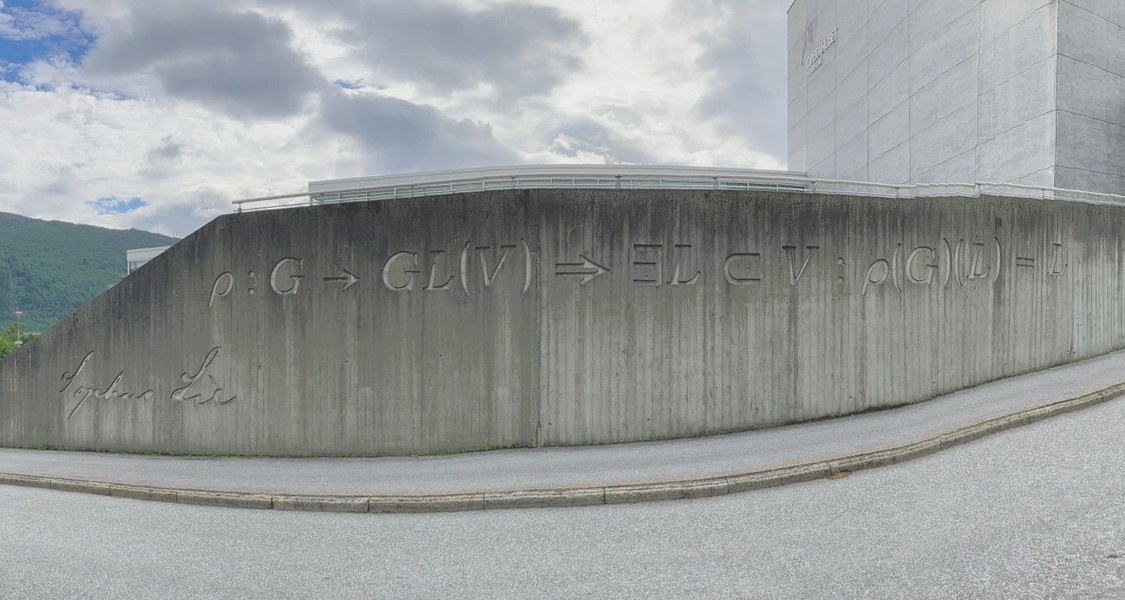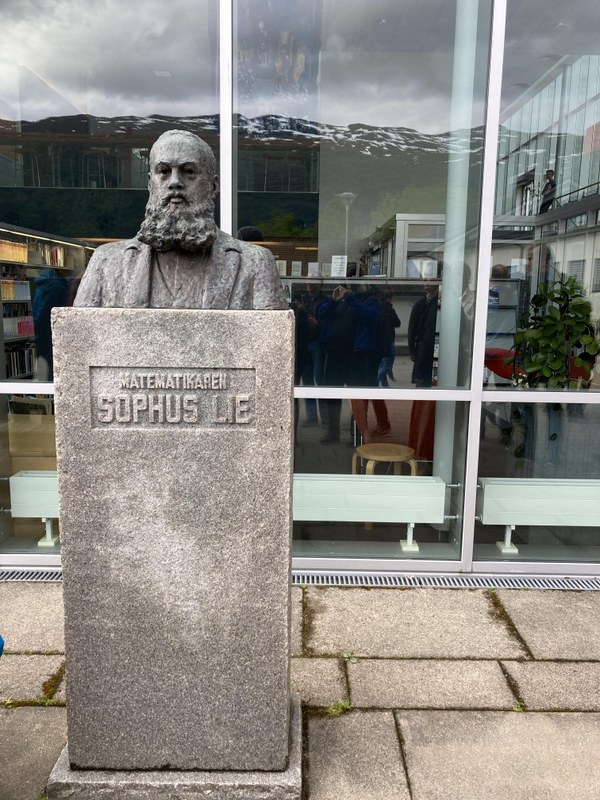Main Content
Lie theory


The Algebraic Lie Theory group studies Hopf algebras and quantum groups, non-commutative and non-commutative generalizations of Lie groups, and Lie algebras whose structural theory has strong connections to classical theory, in particular via the theory of root systems. These algebraic objects allow us to strongly generalize the notion of symmetry and to study structures such as homogeneous quantum spaces which are symmetric in a generalized sense.
In modern mathematics, Lie theory has proven to be a natural language for describing continuous symmetries of geometric structures. In the Analysis and Differential Geometry group, homogeneous Riemannian, Kähler, Sasaki and related structures are considered with respect to their geometric, analytic and topological properties using Lie theory. More general effects of Lie groups are used to construct new examples of geometric structures, such as manifolds with special holonomy, which are then in turn relevant in theoretical physics, or to discretize geometric problems, as in toric symplectic geometry or GKM theory. Complementary to classical semisimple Lie theory, nilpotent Lie groups and Nilmannian manifolds, which are studied in the Algebraic and Complex Geometry group, play an important role, also as an example source to explore the limits of classical theories.